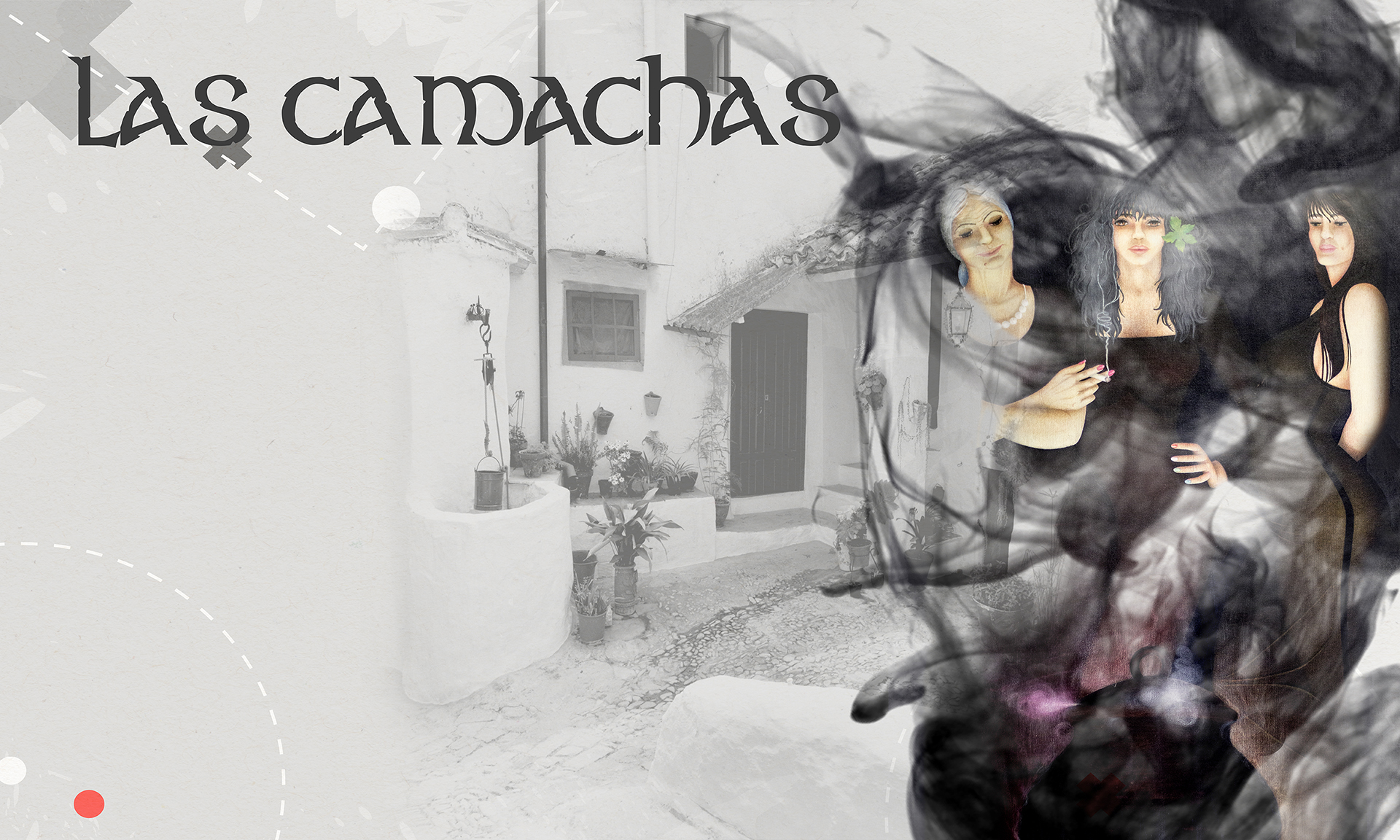Gonzalo Fernández de Córdoba, The Great Captain, was born in Montilla in 1453 and died in Loja in 1515. He was the second son of Pedro Fernández de Córdoba and Aguilar and his wife Elvira de Herrera. Since he was young, he was distinguished by his military vocation, which made him follow the path of weapons, an activity that would give him great triumphs. He fought against the Portuguese in 1479 and he excelled in the conquest of Tájera thanks to his wit in the assault.
He fights for the first time with the rank of Captain in the conquest of Antequera (1410), although his fame was reinforced in the battle of Loja. He participated in the conquest of the kingdom of Granada, where his intervention in the negotiations for the surrender played a key role.
After some time, the Pope Alexander VI requested his services in order to recover the city of Ostia in Italy, a harbour that was dominated by the corsair Menalgo Gerri and where the entrance of any supplies to Rome was being blocked. The Great Captain finished with this nightmare and was received as a hero in “The Eternal City”. On his return to Spain, he stifled the revolts of the Alpujarras. By that time, Federico III had entrusted him the Dukedoms of Terranova y Santángelo, including all their lands and fortresses. However, he would be soon required in Italy again. Because of the Turkish attack in Lombardy and the threat over Venice, Ferdinand the Catholic sent an army led in the battle front by Gonzalo, who forced the Turkish navy to retreat. His Italian campaigns continued. In 1503, he conquered the kingdom of Naples (battles of Ceriñola and Garellano), but his innate modesty did not allow him to accept the tributes that people wanted to pay him.
From that moment on, he went through one of the saddest stages of his life, due to reasons beyond his profession. The death of the queen Isabella the Catholic in 1504, sovereign for whom he felt sincere respect, caused him such a profound feeling that he fell ill in Italy. He requested to return to Spain, request that was repeatedly denied, in part due to the distrust that inexplicably King Ferdinand felt for him. The Great Captain realized the disillusion. Until 1505, the king did not granted him his change of placement, and both travelled together from Italy to Spain. He retired to his home in Loja, a city that belonged to him by royal grant. But he still had to face another matter. In 1508, he received the news that the monarch was planning the demolition of the castle of Montilla, his hometown. He tried to change the monarch’s mind but all his attempts were in vain. This new gesture of humiliation was the end of his relation with the king, to whom he had always professed a sincere loyalty. He fell seriously ill in Loja, where he died. His mortal remains were transferred to the Church of Saint Jerónimo in Granada.
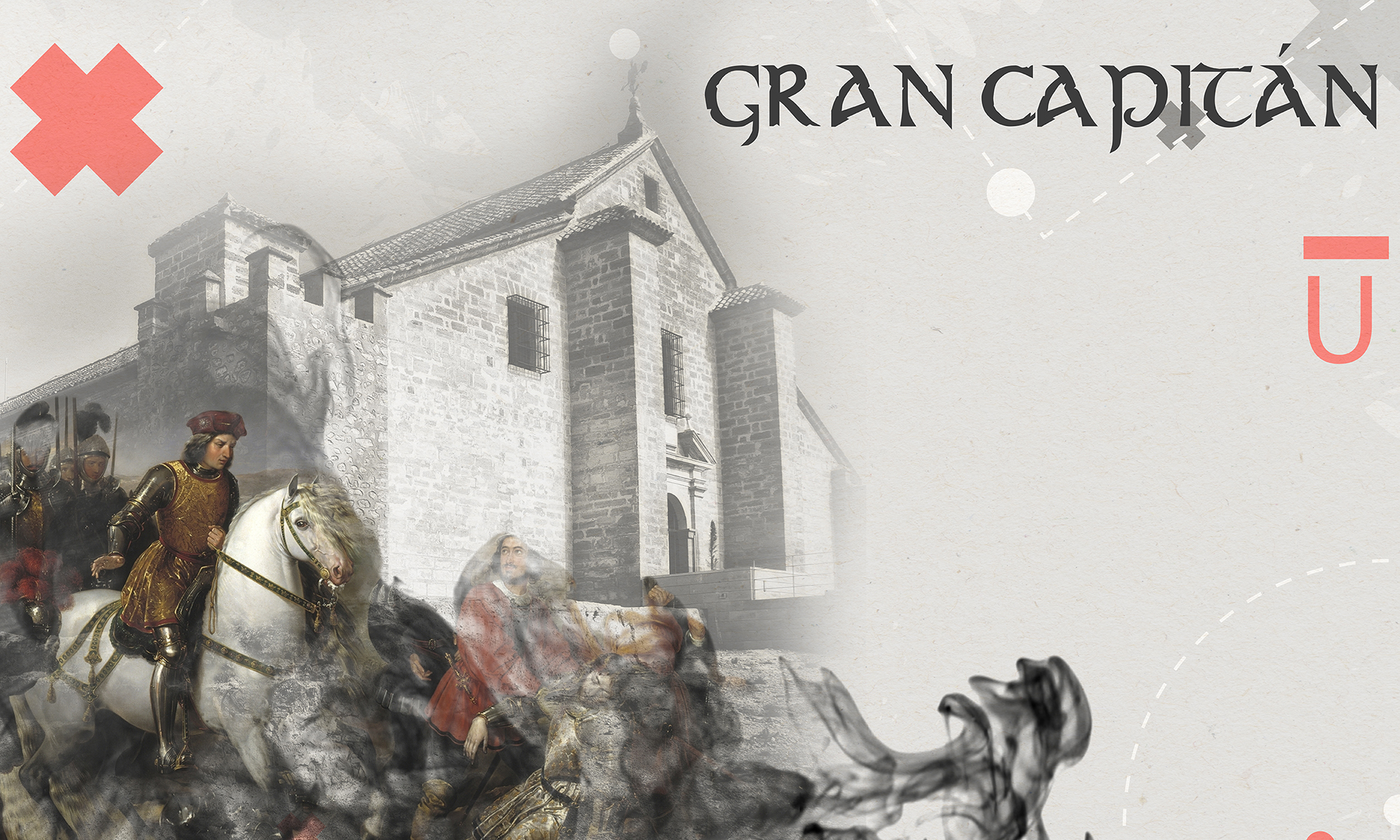
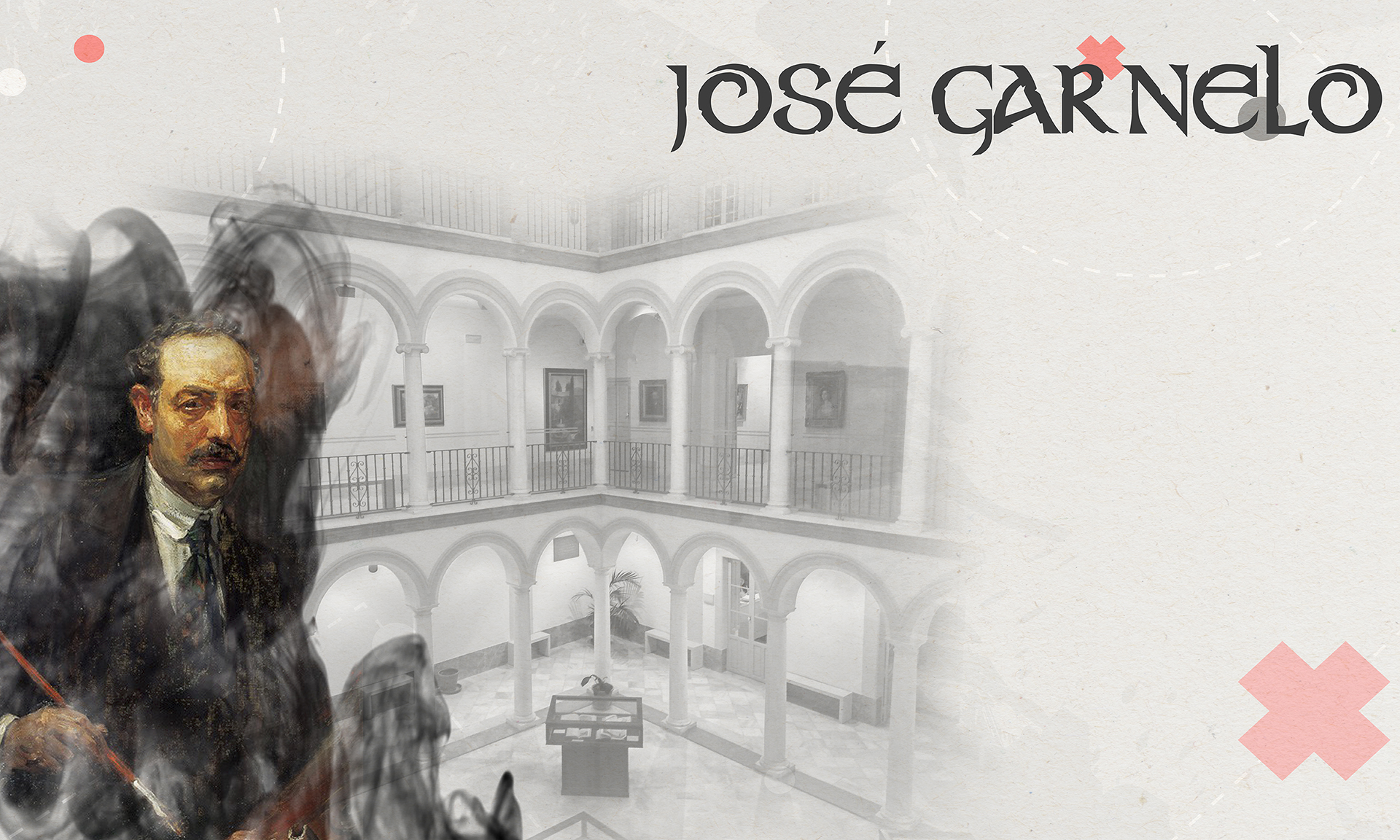
Painter born in Enguera (Valencia) in 1866. He arrived to Montilla with his family at the early age of two. His first studies were carried out in this city and he completed his Secondary Education in Cabra in 1882. In Seville, he began to study Philosophy and Arts, something which he abandoned so that he could enter the College of Fine Arts. He applied for the specialty of painting and it was there where he achieved his first awards. He worked in the workshop of the Montillano Solano Requena.
He continued his studies in Madrid and enrolled in the San Fernando School of Fine Arts. In 1877, he won the second award in the national Fine Arts Exhibition with his work “La muerte de Lucano”. In 1883 he obtained a scholarship to study historical painting in Rome where he went together with Sorolla, Villegas and his brother Manuel, among others.
In 1890, he obtained a second medal in the National Exhibition with his work “Duelo Interrumpido” and finally in 1892 he got his first medal in this same Exhibition with his painting “Cornelia”. He travelled around several cities in Europe and he made impressionist works. In 1893, he was appointed professor of the School of Fine Arts in Zaragoza where he commenced his activities characterized by his great enthusiasm for innovation.
That same year, he won the first golden medal in the Exhibition in Bilbao with his work “Magdalena” and he was named Academician of the provincial of fine arts in Zaragoza. He exhibited his pictures in many countries and cities, such as London, Berlin, Barcelona and Madrid.
In 1894 he won the contest organized by the Royal Academy of Fine Arts of San Fernando in Madrid thanks to his painting “Cultura Española a través de los Tiempos” (“Spanish culture over the years”). In 1895 he moved to the Fine Arts School of Barcelona. He was director of the Spanish Academy of Fine Arts in Rome too.
In 1901, the State acquired the painting “Manantial de Amor” with which he obtained a first medal that year. In the International Exhibition of Fine Arts, organized to commemorate the fourth centenary of the Discovery of America, he got the first medal for the painting “Los Primeros Homenajes del Nuevo Mundo a Colón”.
In 1912, he joined the Royal Academy of Fine Arts of San Fernando. He was also appointed Delegate of the Ministry of Public Instruction in the Congress of The Arts of Drawing. In 1915, he was appointed deputy director of Prado Museum.
Years later, he painted several portraits of the Spanish Royal Family, among which two portraits of Alfonso XIII stand out, one preserved in the Spanish Museum of Contemporary Art and the other in the Palace of Aranjuez. The time of his religious painting started in 1929. His last exhibition was showed in Barcelona in 1942, where he presented oil paintings as “Las Tres Gracias” or “Alma Española”.
Among his countless awards, it is worth mentioning those as Commander of the Order of Alfonso XII, Painter of the Spanish Crown and Knight of the Royal Order of Carlos III.
He devoted his life entirely to painting. During his holiday periods in Montilla, he carried out important works that still remain, such as the frescoes in the Chapel of the Old´s People Home, some private works preserved in private houses and an amazing painting that represents a miracle done by San Francisco Solano in the neighbourhood of Tenerías that is exposed in the Church of Santiago in Montilla.
He painted the murals of the old convent of Las Salesas in Madrid too and the hall of the Palace of Infanta Isabel. Apart from the paintings he donated to the Church of Santiago “The miracle of San Francisco Solano” and “The Apostolario”, some other works are privately owned.
His dead body rests in the tomb owned by the family in the crypt of the Church of Santiago in Montilla, since 1941.
Gómez Suárez de Figueroa, universally known as “The Inca Garcilaso de la Vega”, was born on 12th April, 1539 in Cusco, capital of the Inca Empire. His parents were the Captain Sebastian Garcilaso de la Vega -descendant of writers as distinguished as the Marqués de Santillana or Jorge Manrique- and the Inca Princess Chimpu Occllo – descendant of Huayna Capac, under whose reign the Inca Empire reached its maximum splendour.
On the death of his father, and fulfilling his last wish, the Inca Garcilaso came to Spain. He arrived to Montilla in the summer of 1561 looking for the protection of his uncle, Captain Alonso de Vargas, who welcomed him and introduced him in the intellectual and cultural spheres of the city. It was in this environment where he began his intense literary work. He translated “Dialogs of Love” (Diálogos de Amor), in Montilla in 1590, originally written by Leo the Hebrew; and published “La Florida of the Inca” (La Florida del Inca) in 1605. It is in this town where he diligently prepared what would later become his main works: “Los Comentarios Reales” (1690), which narrates the Inca’s life before the Spanish colonization, and the “Historia General de Perú” (The General History of Peru) his posthumous work, published in 1617.
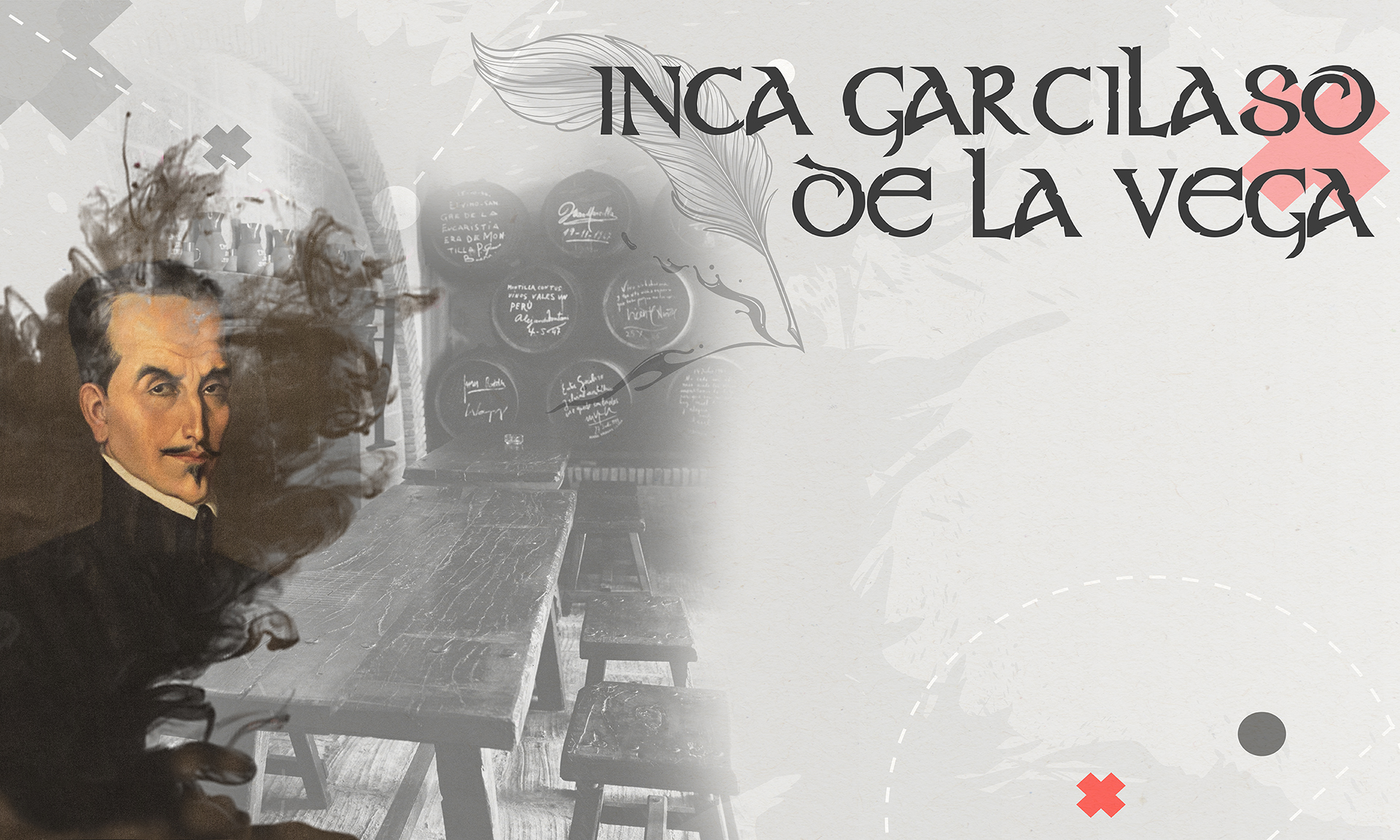
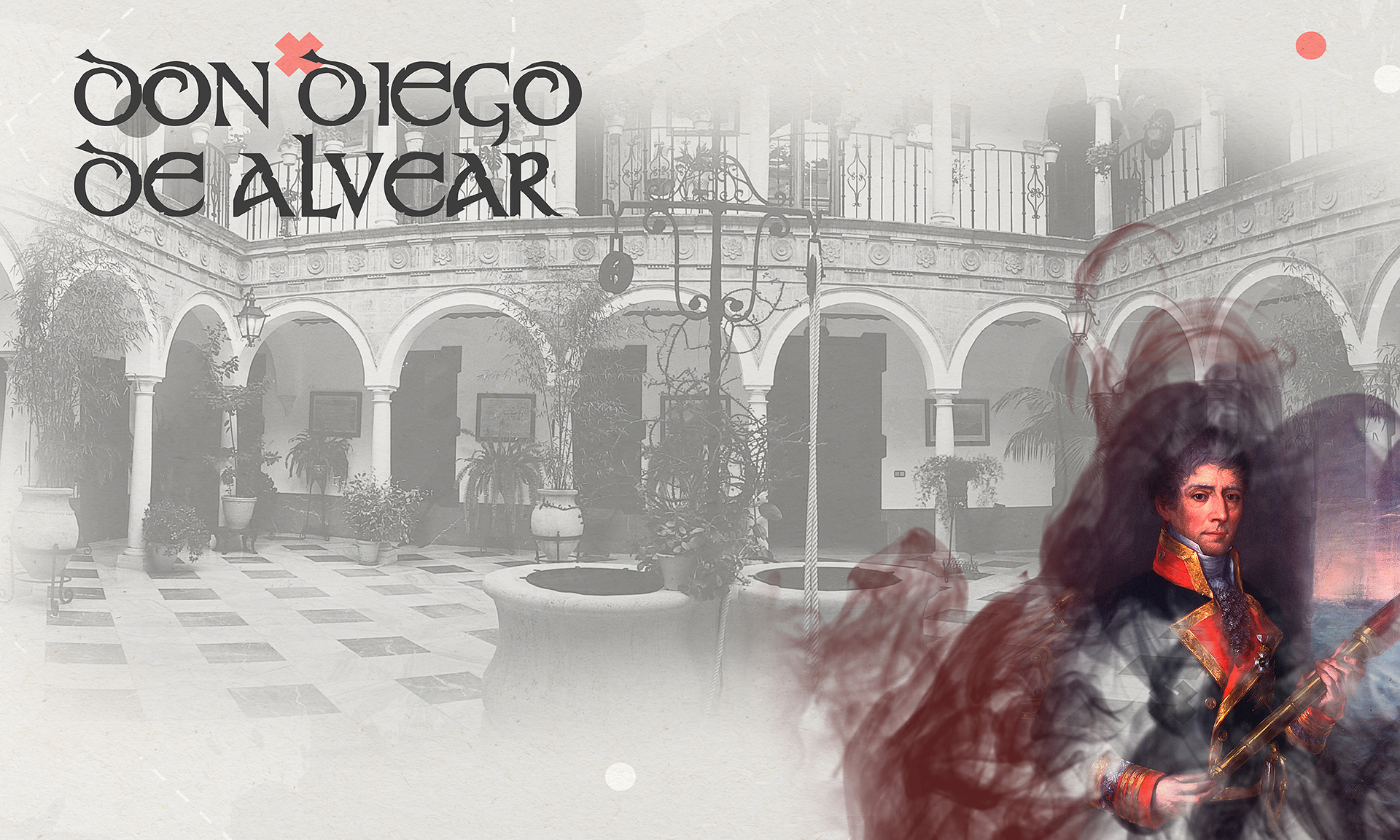
Diego de Alvear and Ponce de León was born in Montilla on 13th November 1749 and he died in 1830. He studied in the Jesuit school that the Society of Jesús had founded in Montilla and Granada. He enrolled as midshipman to become Brigadier of the Spanish Army afterwards. He took part in the War of Sacramento, Río de la Plata of America, where he remained for a long period of time.
He got married over there and he had nine children, some of who died together with his wife in the sinking of his frigate in the naval battle against the English in the Cape of Santa Maria. He married Luisa Ward, and he had seven more children.
He defended the city of Cádiz during the Spanish War of Independence and for his heroism, he was rewarded with the “Gran Cruz de Hermenegildo”. He was a versatile man who spoke seven languages. He also made astronomical observations of considerable interest and is the author of works such as “Descripción de Buenos Aires” (“Descriptions of Buenos Aires”) and “Demarcación de los territorios de España y Portugal” (“Demarcation between the territories of Spain and Portugal”).
Catalina Fernández de Córdoba ended the construction of the Franciscan Convent, which her father had begun in 1500. As a result of the desire of her sister Doña María de Jesús de Luna to devote herself to monastic life, she took the necessary steps to make the Franciscans who were living there have another residence: the Convent of San Lorenzo. The arrival of the “Madres Clarisas” took place in 1525. That same year, on the 12th July, the profession of the founder, Sor María Jesús de Luna, was solemnly celebrated
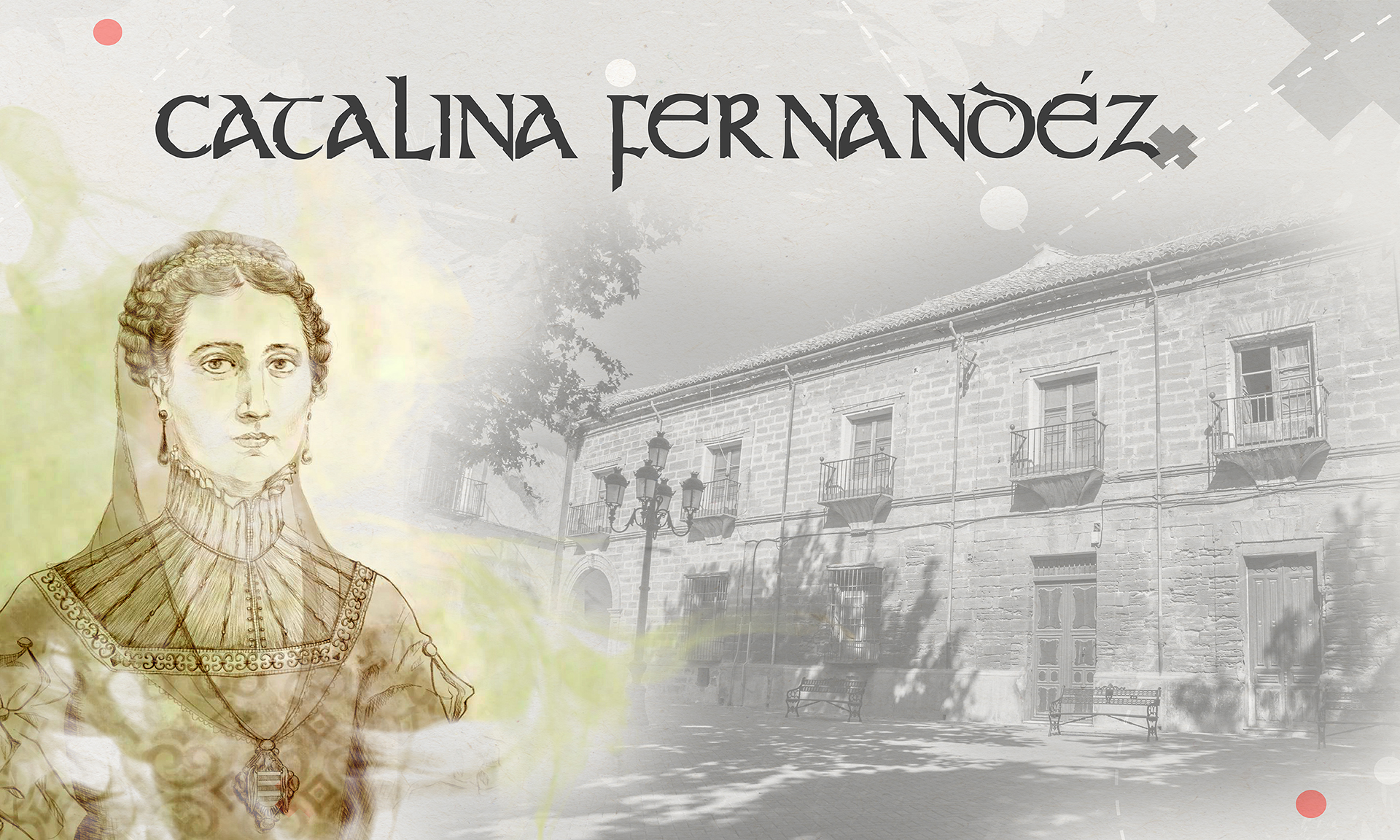
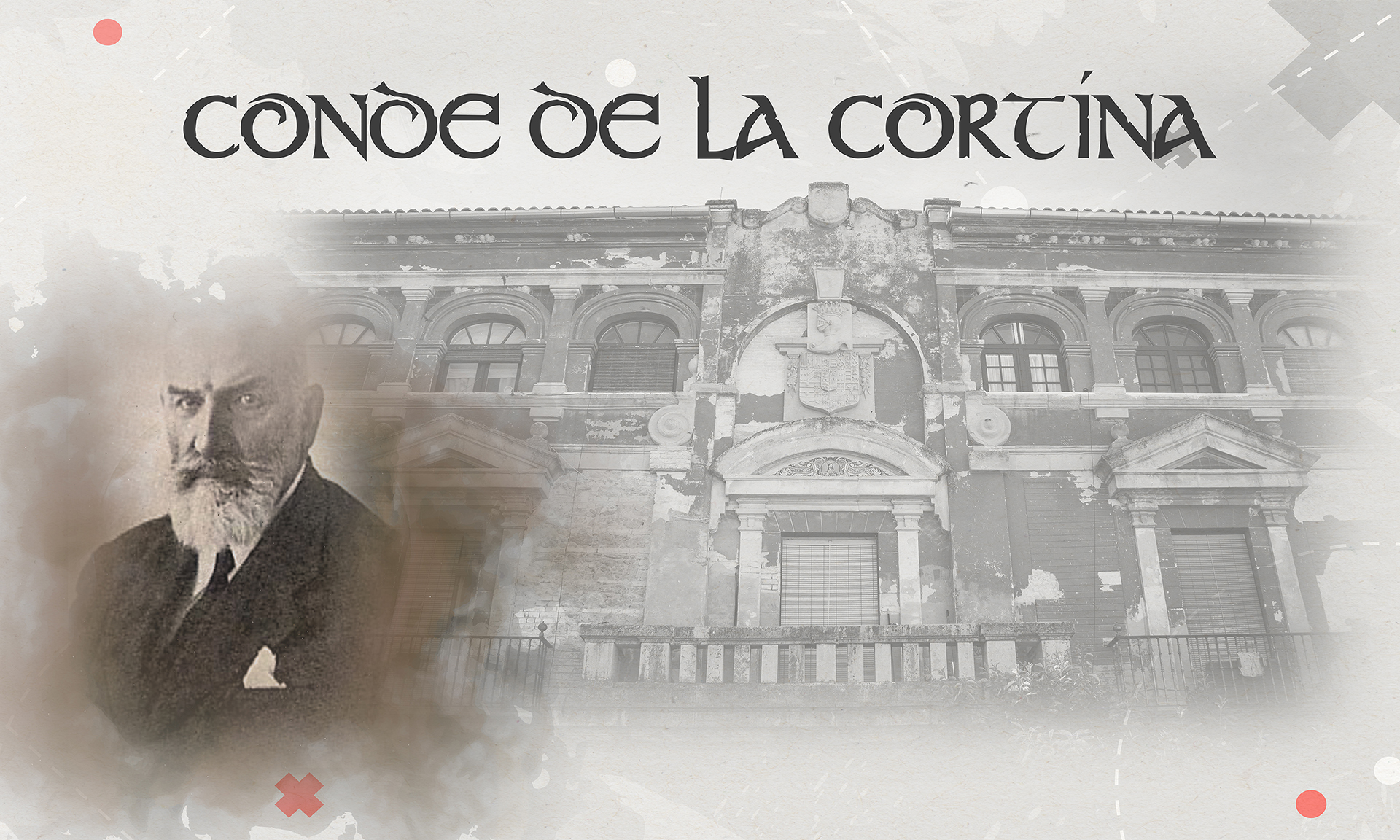
Although he was born in Seville in 1869, he can be considered “Montillano” since his parents lived for long periods in Montilla. He studied law but he did not work in this profession. Since he was in charge of the family patrimony, most of which was in Montilla, from an early age.
He was the main promoter of the wine industry of Montilla and the creator of “Bodegas Alvear” in its current regime. He carried out an important social work and, little by little, he became a Maecenas in Montilla.
He founded the “Sindicato Católico de Montilla” (Catholic Union of Montilla) and worked for the development of other unions in Spain, being appointed national President in the 1920’s. He was a collaborator of the community Salesians of Don Bosco’s settlement in Montilla in 1899. He donated his houses for the Mission Centre and Residence of the Fathers of the Community of Jesús in Montilla and the site where the Church of the Incarnation is placed.
He donated his house on Diego de Alvear street, today “Colegio de la Asunción”, to the religious “Esclavas Concepcionistas” in 1950, for the foundation of an educational centre. That centre perpetuated his daughter´s name, Asunción de Alvear and Abaurrea, who lived and died in that house (1897 – 1922).
He ordered “La Tercia” building to be built in 1921, which would enrich the architectural heritage of Montilla. He donated to the city the house where the Inca Garcilaso de la Vega had lived for more than thirty years. He was granted the honorary title “Hijo Adoptivo de la Villa de Montilla” (“adopte son of Montilla”) and appointed First Officer of the “Orden del Sol” in Spain. In 1919, he founded the local publication “Montilla Agraria”. Throughout his life, he compiled one of the most important libraries in the province.
The witch hunt tradition is based on the process followed by the Inquisition in 1576 against a group of local women who were accused of being witches. Among them, there was Leonor Rodriguez “La Camacha”, “La Cañizares” y “La Montiela”, who were immortalized by Cervantes in his work “El coloquio de los perros” (Dialogue between Scipio and Berganze). In his book Cervantes says about “La Camacha”…. “the most famous sorceress known …”; “she was wonderfully able to remedy those maidens that had neglected in saving their purity”, “she covered with honesty widows who were dishonest”, “she divorced married women and got them married to whom they wanted …”
“La Montiela” and “ La Cañizares” seem to have been born in the fertile imagination of our distinguished writer, although he would not have had problems to find models to whom attribute those names among the group of “Montillanas” accused of sorcery and of being “medium of demons” by the “Tribunal del Santo Oficio” (Court of the Inquisition).
